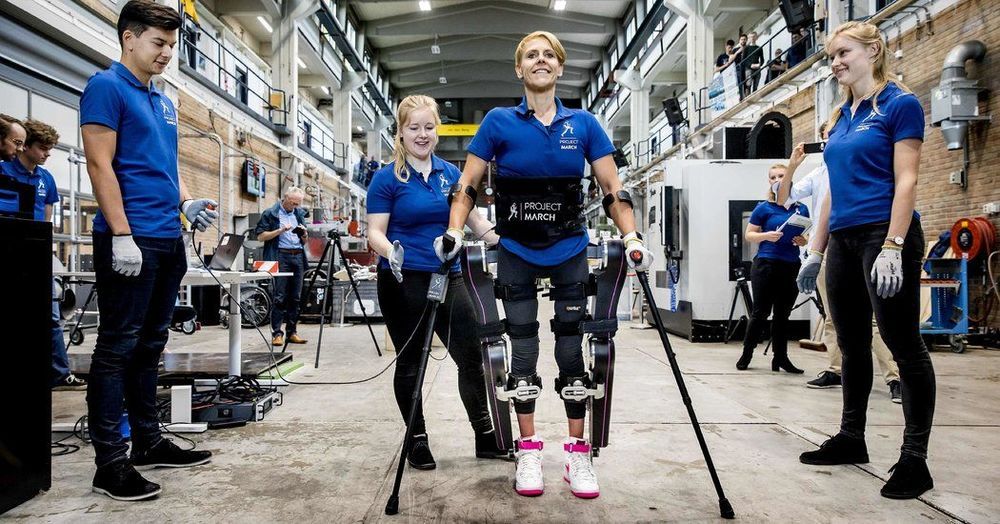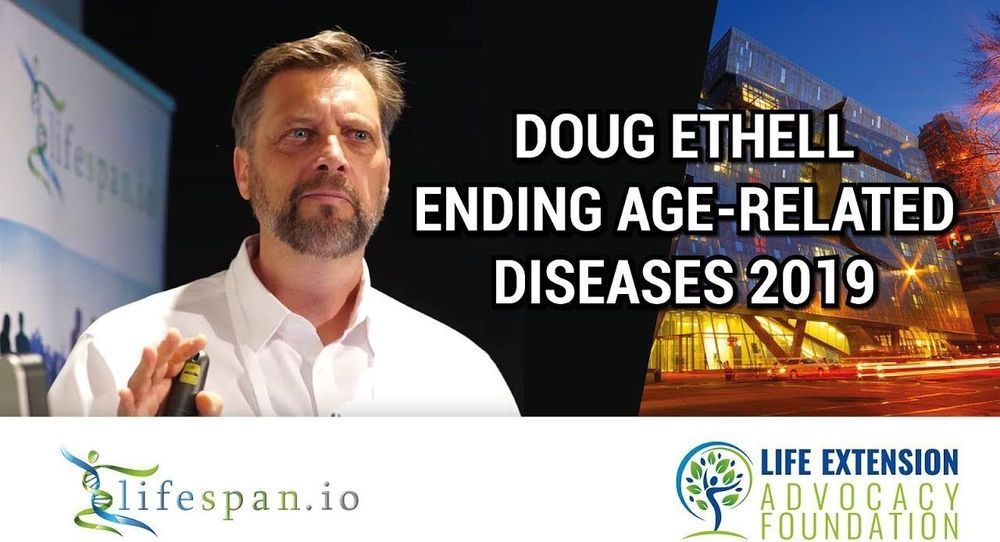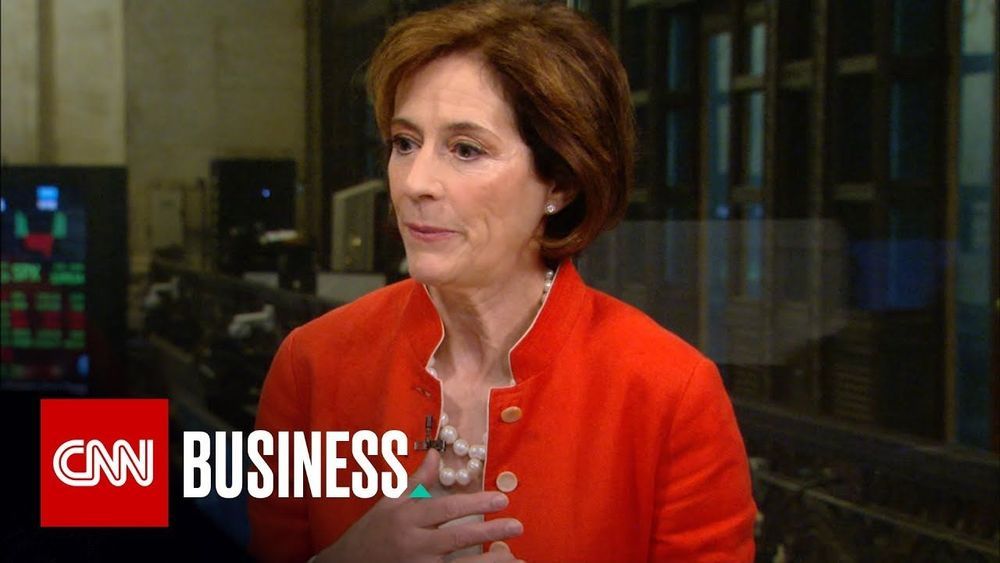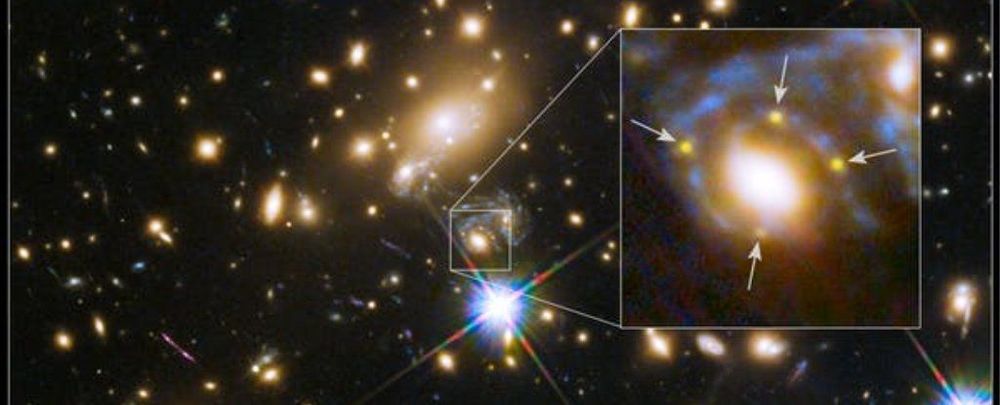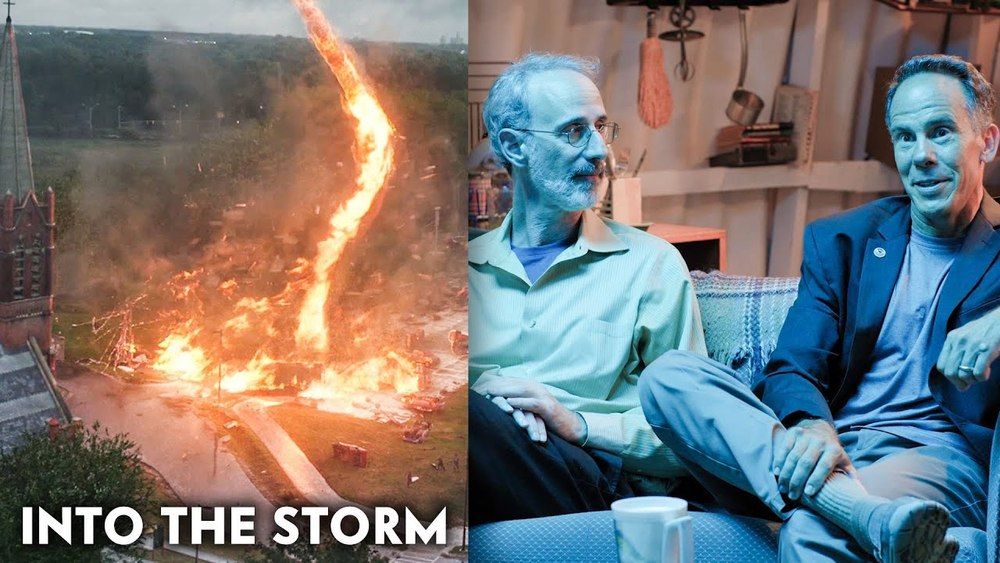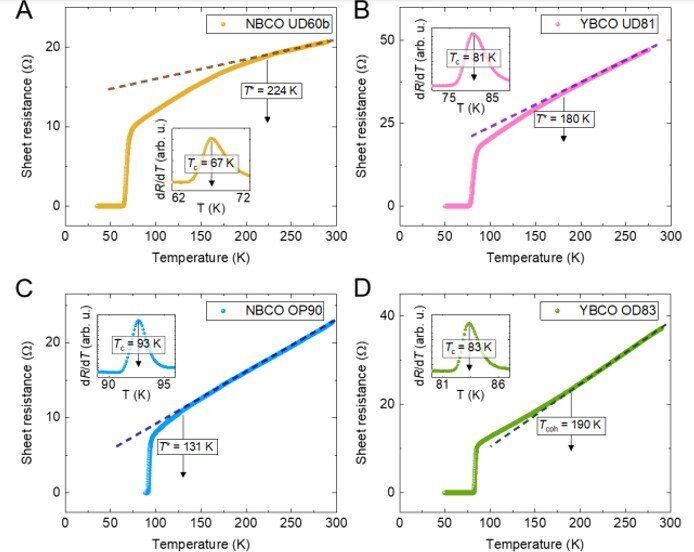Sep 13, 2019
Researchers Have Issued A Serious Bitcoin Security Warning
Posted by Genevieve Klien in categories: bitcoin, cryptocurrencies, security
Bitcoin and cryptocurrency adoption has failed to live up to expectations over recent years and fears around scams, fraud, and theft have not helped.
The bitcoin price, after its epic 2017 bull run, slumped last year– though has rebounded in 2019, climbing back above $10,000 per bitcoin.
Now, researchers have warned a staggering four out of the first five results returned when asking Google for a “bitcoin qr generator” led to scam websites–potentially furthering negative public perception around bitcoin and cryptocurrency.

